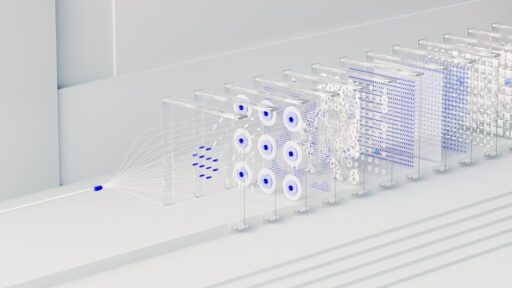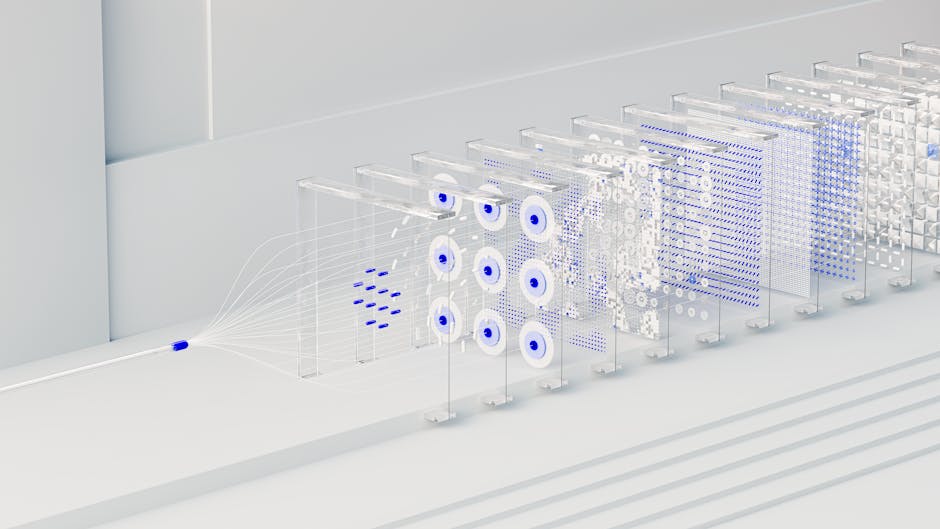The Reinforcement Gap: Unveiling AI’s Uneven Progress
As artificial intelligence continues to evolve, its impact is felt unevenly across different domains. While advancements in AI coding tools, like GPT-5 and Gemini 2.5, are accelerating at a remarkable pace, other AI applications lag behind. This discrepancy, often referred to as the ‘reinforcement gap’, is becoming increasingly significant in determining what AI systems can and cannot achieve.
The rapid progress in coding applications is largely attributed to the efficacy of reinforcement learning (RL), a method that thrives on billions of measurable tests, offering clear pass-fail metrics. These metrics allow for repetitive training without constant human intervention, significantly boosting the development of RL-friendly skills such as bug-fixing and complex problem-solving.
Conversely, AI applications in areas like email writing or chatbot responses see slower progress. These skills, inherently subjective and harder to quantify, do not lend themselves well to RL methodologies. The gap is widening, with RL-favored tasks advancing swiftly, while others make only marginal strides.
Software development exemplifies the perfect environment for RL. Long before AI, rigorous testing was integral to ensure code reliability. This pre-established framework of unit testing, integration testing, and security testing now plays a crucial role in validating AI-generated code and optimizing RL processes.
However, not all tasks fit neatly into ‘easy to test’ or ‘hard to test’ categories. Some, like quarterly financial reporting, lack standardized testing kits but could be transformed with innovative approaches. Surprising developments, such as AI-generated video in Sora 2, challenge assumptions about testability, highlighting the potential for RL to impact unexpected areas.
The reinforcement gap’s implications are profound, particularly as RL remains a cornerstone of AI development. Startups that can navigate this gap successfully may automate processes and reshape industries, influencing economic landscapes over the next few decades. The question of which healthcare services or other sectors can harness RL effectively will be pivotal in defining the future economy.
As the AI field advances, monitoring the reinforcement gap will be essential. It offers insights into the evolving capabilities of AI and its potential to revolutionize various industries, prompting stakeholders to anticipate and adapt to these changes.






